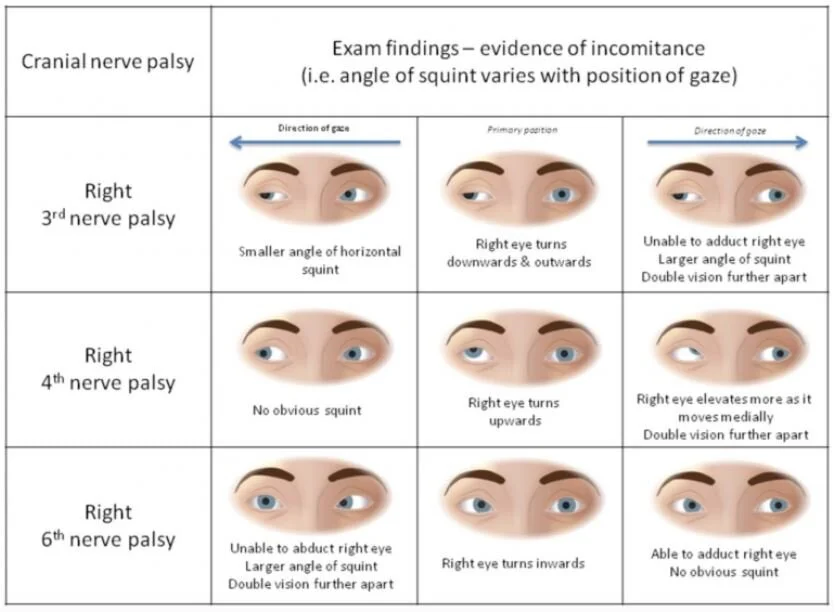Hey all,
This week's protocol looks at eye emergencies that apply to both the adult and pediatric populations.
The prehospital approach starts with CFRs at the most basic level to evaluate and initiate treatments based on these ocular findings:
1) Non-penetrating foreign objects/chemical eye injuries: flush affected eye with NS for 20 minutes
2) Impaled object to eye: use bulky dressings to stabilize object and cover eye to prevent consensual eye movements
3) Avulsed eye: cover eye with saline, sterile dressings and do NOT place eye back into socket
BLS providers provide the additional support of removing contact lenses as needed.
ALS providers provide the additional support of administering proparacaine 0.5% or tetracaine 0.5% drops for chemical eye injuries to assist with irrigation.
Not alot to do on the OLMC side other than to help assist our EMS providers in each ocular scenario.
Check out www.nycremsco.org or the protocol binder on North Side for more.
John Su
PGY-2

